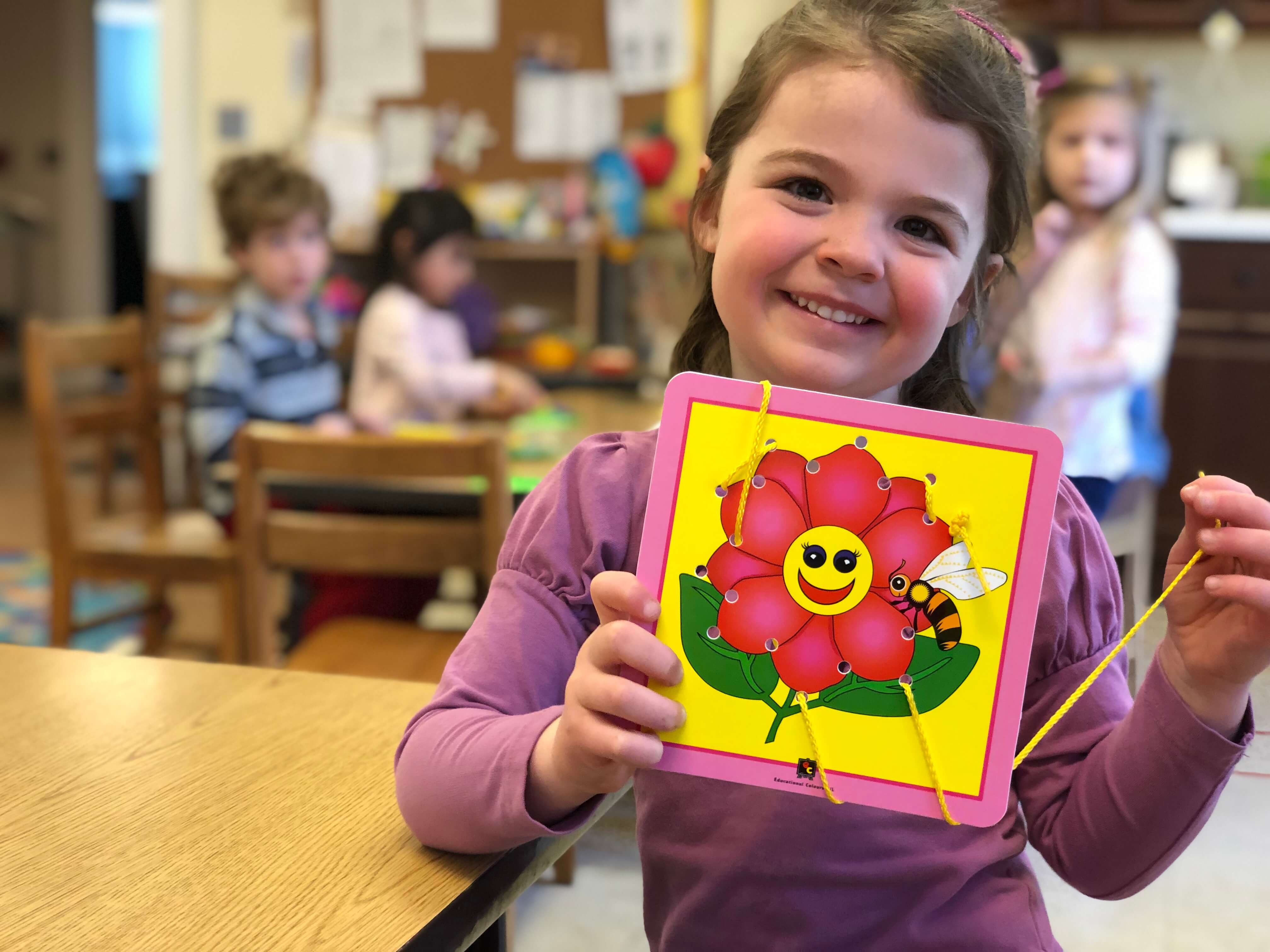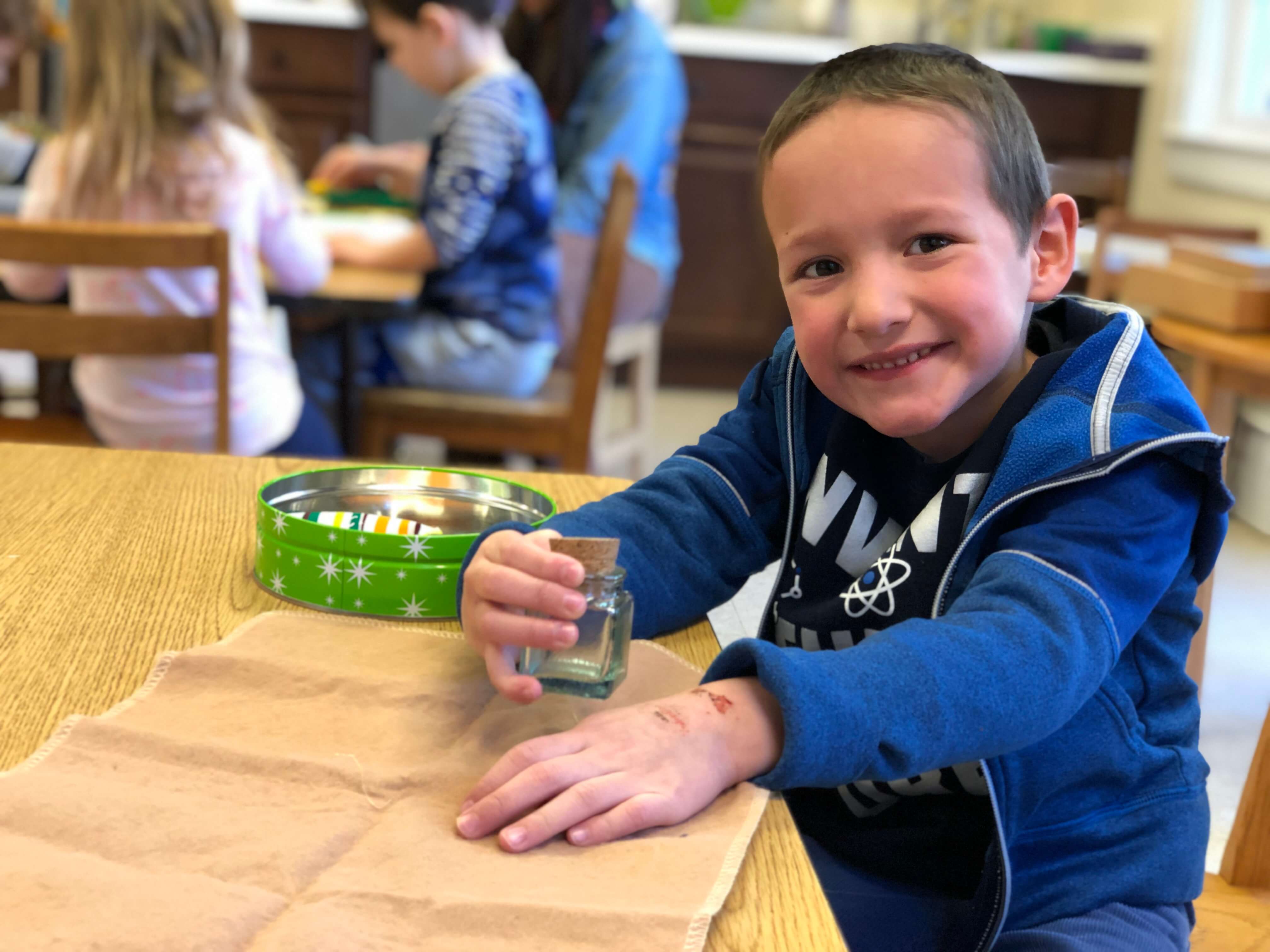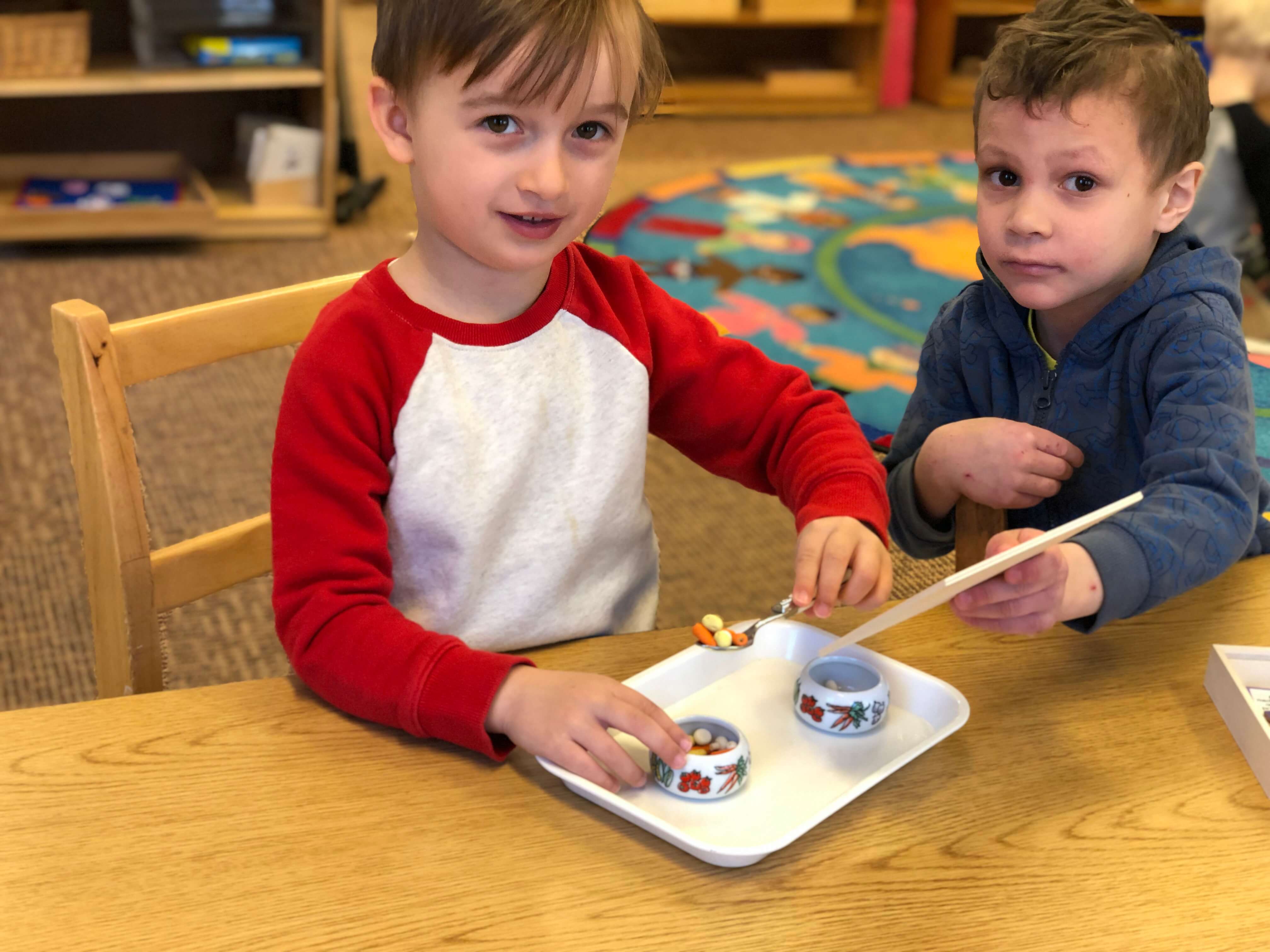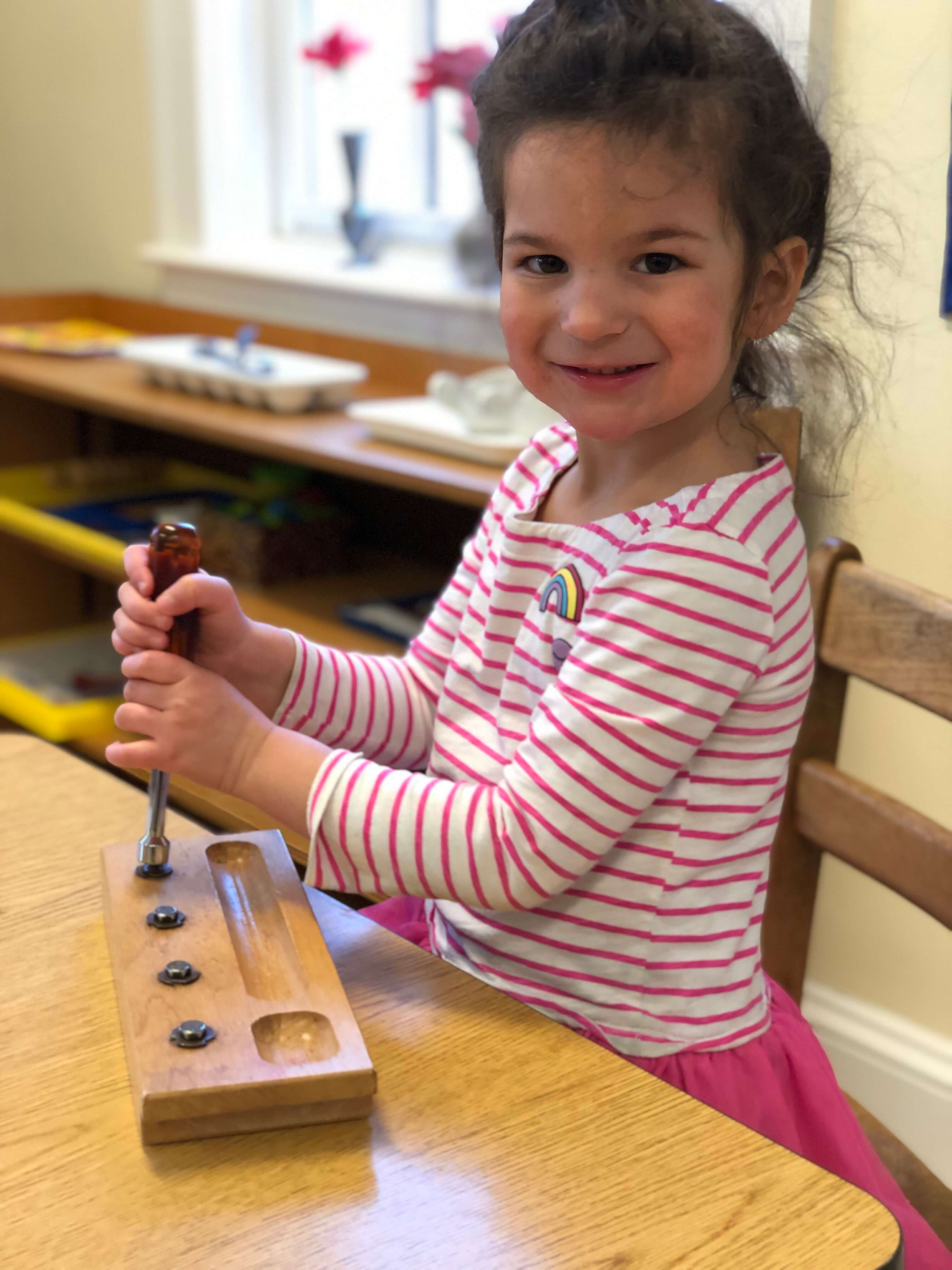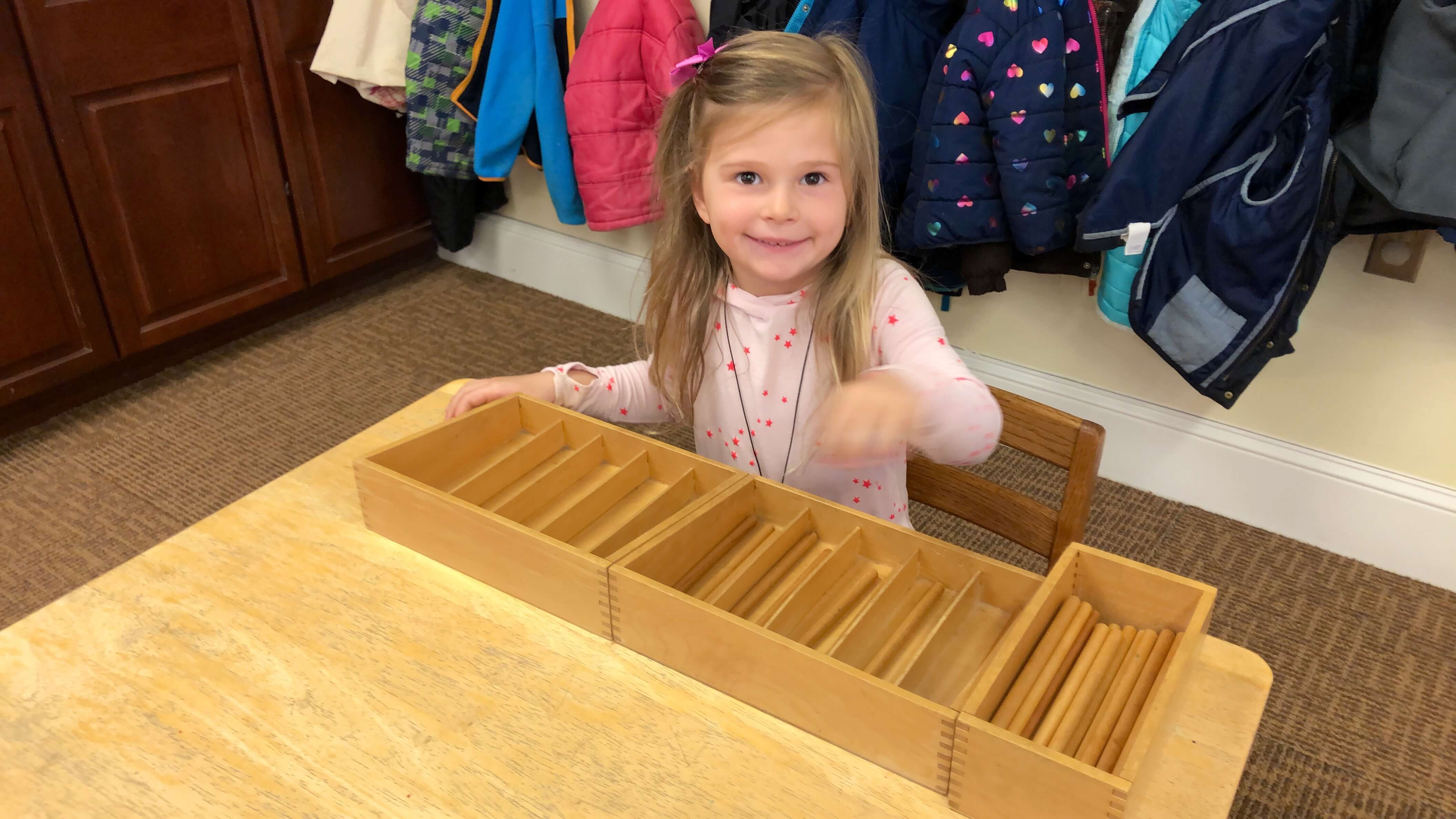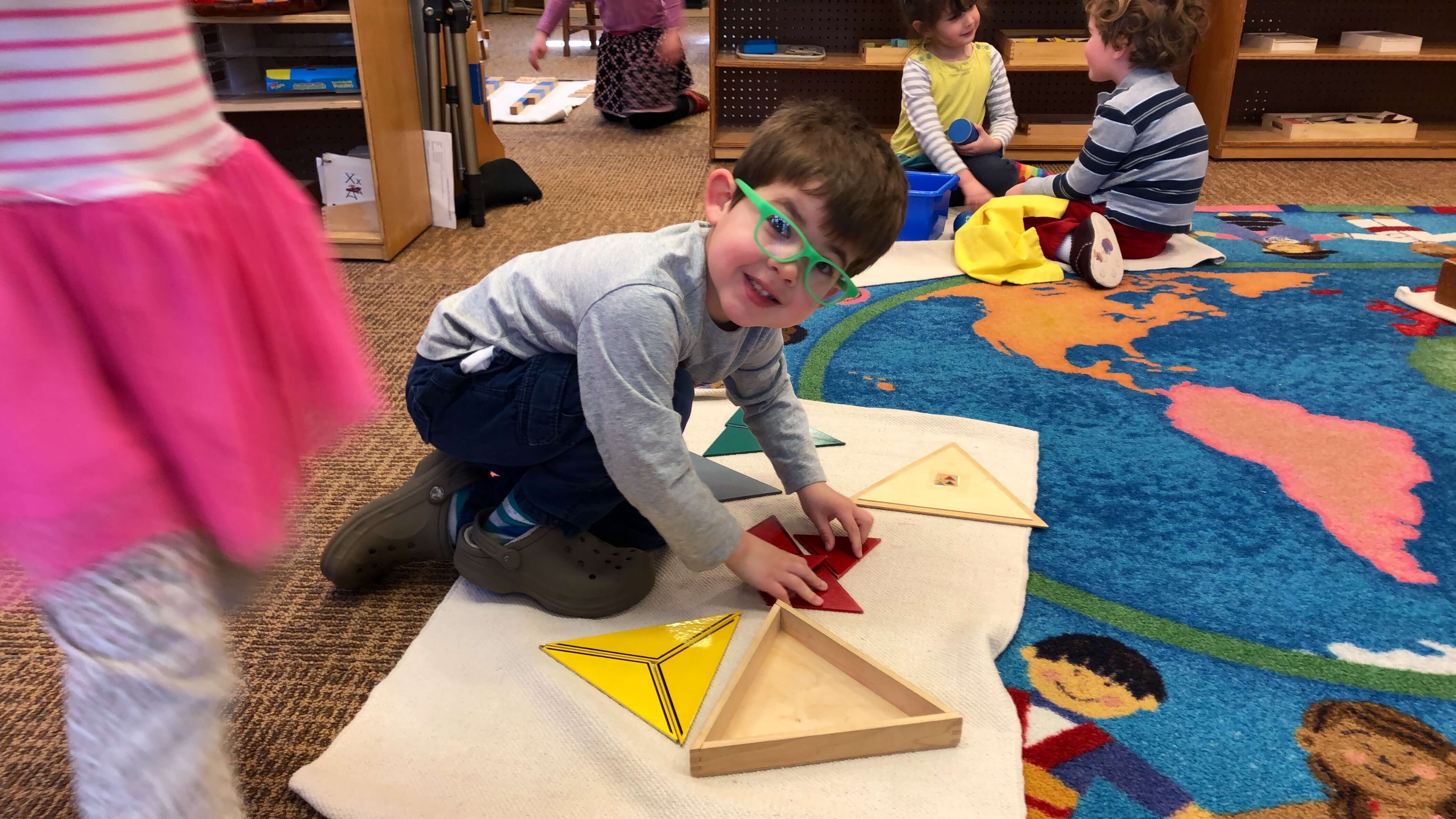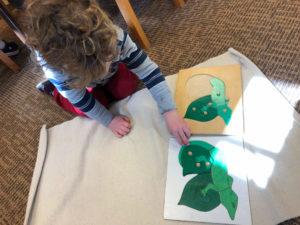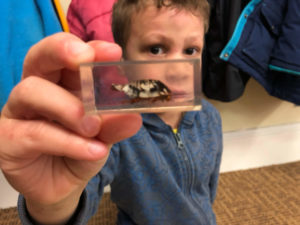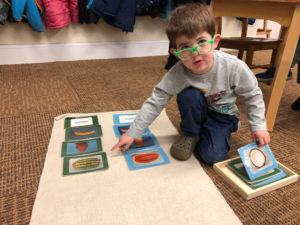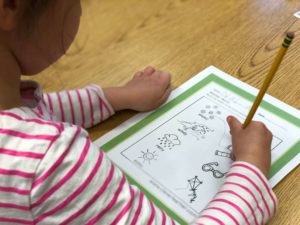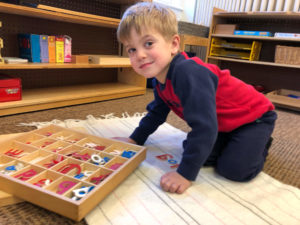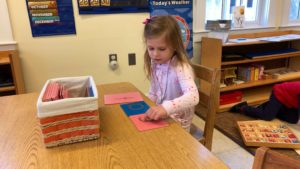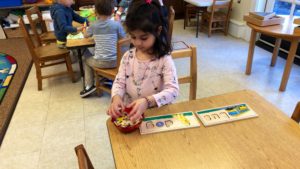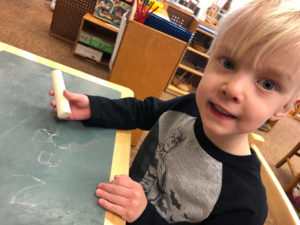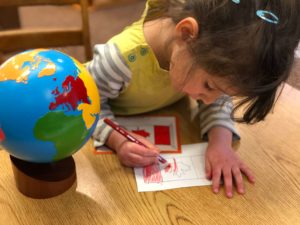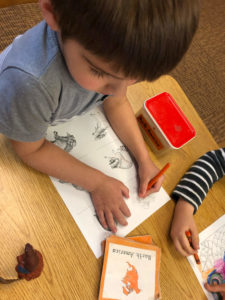“Free the child’s potential, and you will transform him into the world.”
-Maria Montessori
Mixed-Age Classroom
The Montessori School of Redding follows the Montessori Method of Education.
This method stresses individualized learning at the child’s pace. The mixed age classroom of children ages 3-6, including kindergarten, gives all of the children the opportunity to learn at their own pace and choose work not based on their chronological age but on their desire to learn, create order, and repeat a skill until it is mastered; whether it be using three dimensional objects or a lesson on pouring.
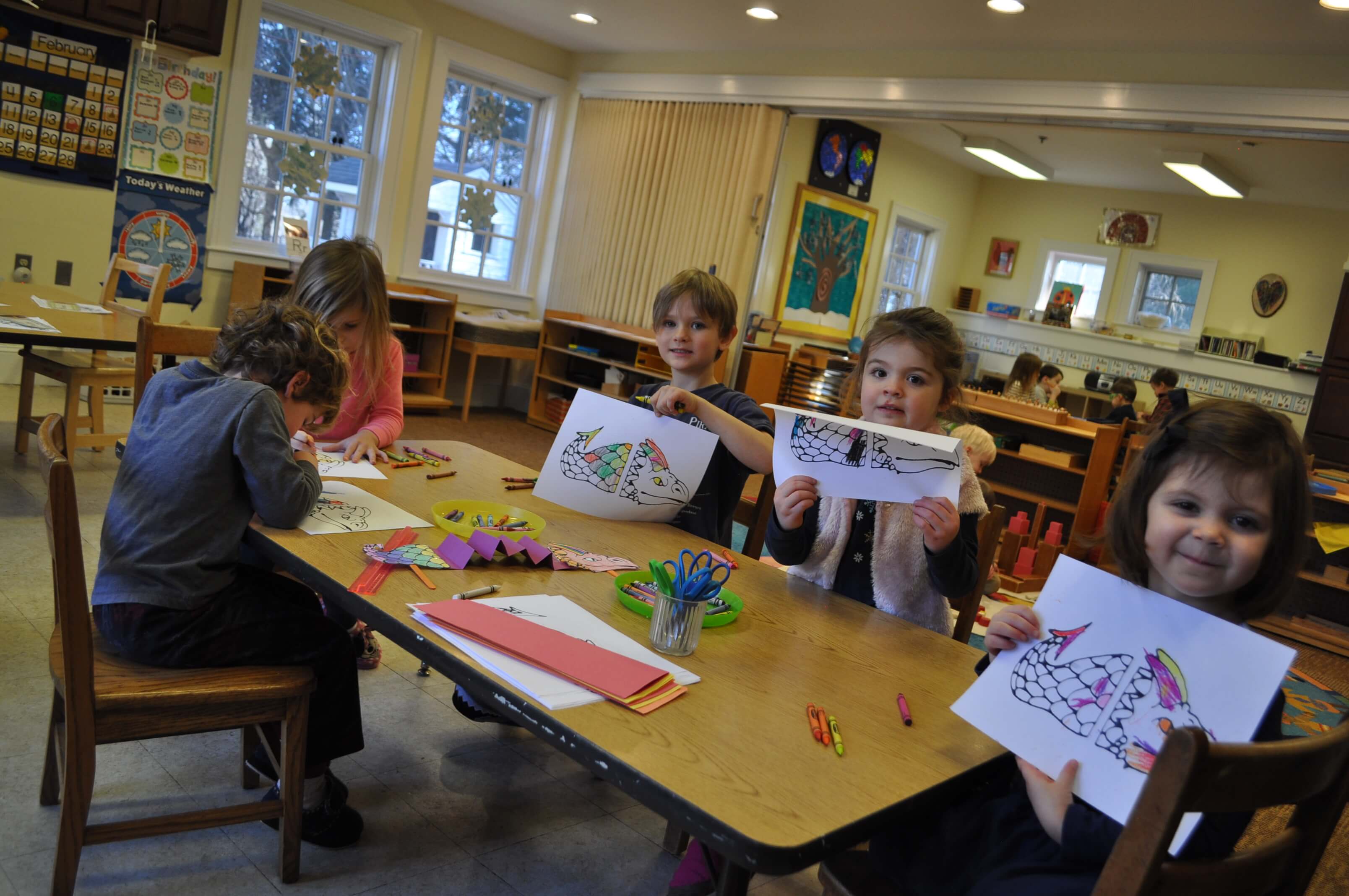
Come see what we are all about
Sign up for a tour today!
Montessori Materials
The classroom, filled with specially designed Montessori materials, is arranged into areas of practical life, sensorial exercises, mathematics, language, and science.
Practical Life
The practical life area offers exercises that encourage independence with daily living. Each of the tasks helps the children perfect their coordination and concentration so that they will be able to later work with the more intricate academic materials. Some of the practical life exercises include the dressing boards where children practice tying, zipping and buttoning. Pouring, sweeping and beading also necessary daily living skills are practiced in practical life. On a daily basis, children help prepare their own snacks, whether it be buttering bagels or peeling fruit. Children take pride in keeping their classroom clean and attractive.
Mathematical Concepts
Mathematical concepts are introduced with concrete manipulatives including the sandpaper numbers, golden beads, spindle rods and math games. These materials make the transition from concrete to abstract thinking a smoother process. Children learn numeracy through one on one correspondence, place value, parts and wholes.
Science
Science concepts begin with the most basic concept of living and non-living, and these activities and concepts pave the way for learning about mammals, birds, reptiles, amphibians, and insects. Science lessons occur spontaneously when the children are outdoors searching for worms, picking up colorful fall leaves, or watching snow melt. Hands-on lessons in science keep the children active and engaged in their learning.
Sensorial Exercises
Sensorial exercises are designed to isolate and sharpen each of the five senses and heighten the child’s sense of spatial relationships. The materials have a built in control of error enabling the children to correct their own mistakes. Some of the sensorial activities include the Tower of Cubes, trinomial cubes, binomial cubes, geometric solids, and sound boxes.
Language
Montessori classrooms are filled with language building activities. Children are exposed to many kinds of literature as well as other language materials to help them grow into readers and writers. Children share literature through picture books, easy readers, and classroom magazines. They practice listening skills with teacher read alouds. They enjoy spending quiet time with books in the classroom library. Each week they are introduced to the “Sound of the Week.” This letter is used in the Mystery Sound Bag, journal practice, and sound boxes. The children also use materials such as the moveable alphabet as they become stronger in their phonetic awareness.
Geography and culture
In geography, children learn continents, oceans, and land masses through work with globes, flags, puzzles and projects. Children learn the wildlife of the continents and how these animals adapt to their geographical habitats. They bring this learning to life as they place animal models on the maps where the animals live. Children share literature, activities and songs about other children around the world. They participate in multicultural activities that celebrate world cultures such as a parade during the Chinese New Year and coloring mandalas

